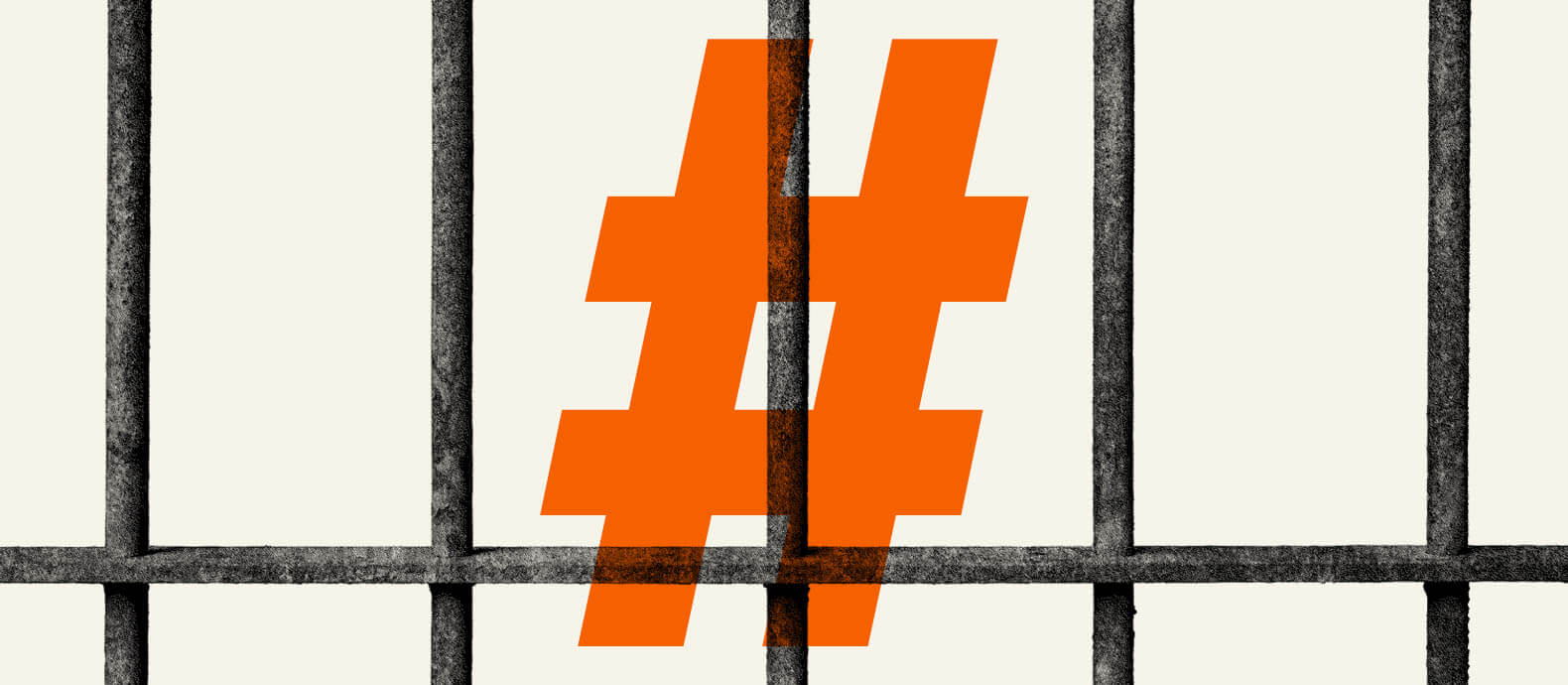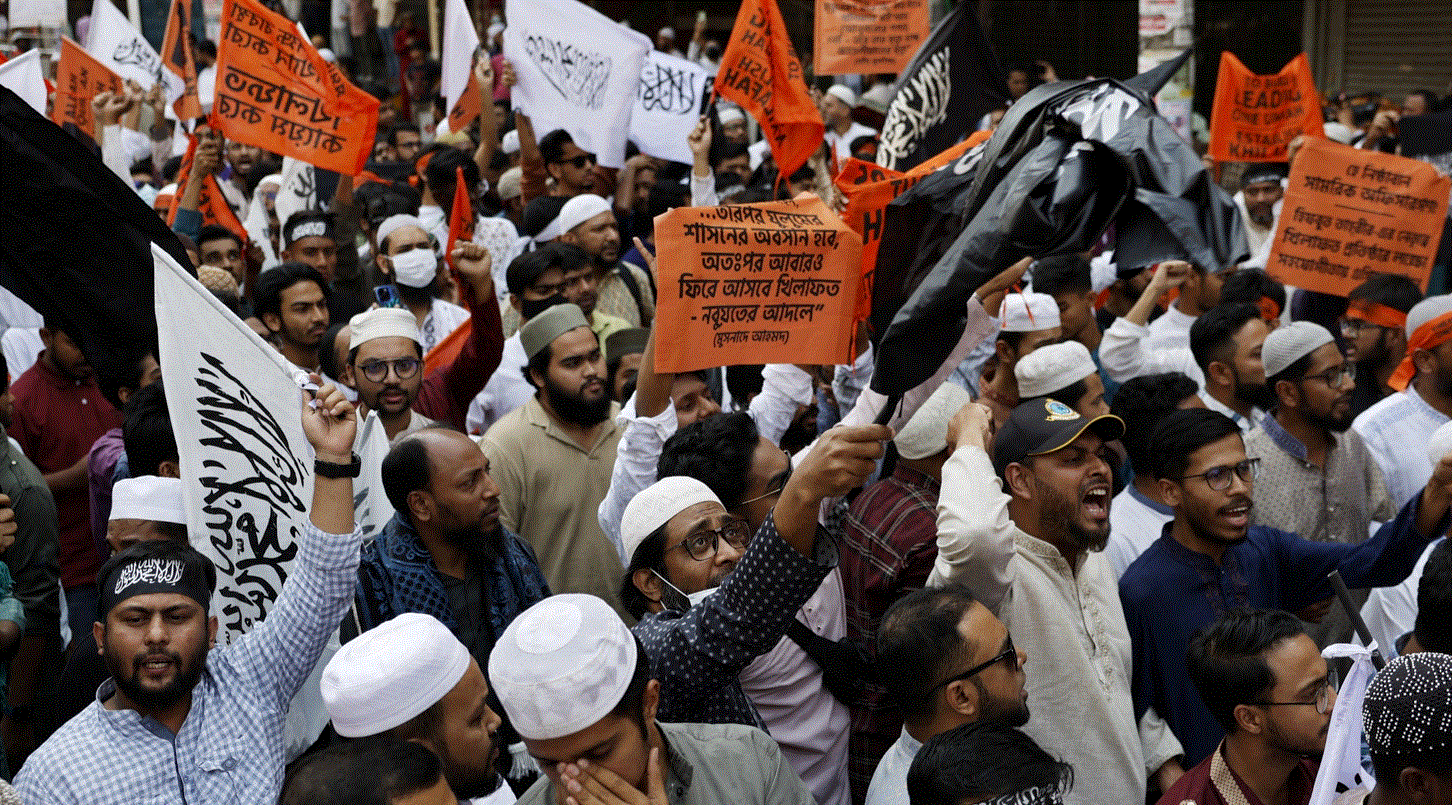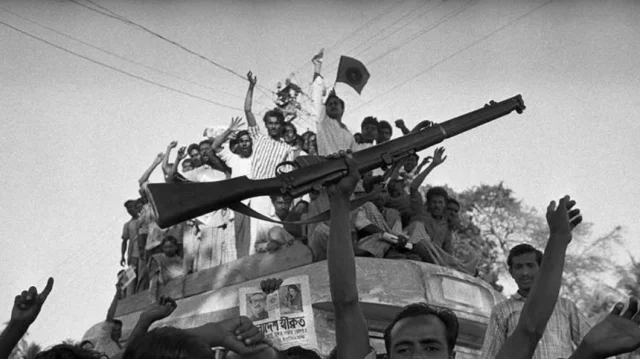In an era where change is broadcast live and justice is hashtagged, Generation Z has…

Yunus’ Regime Has Completely Crushed The Local Industry To Please Foreign Masters
Dr. T. HuFer
The key condition for any business to flourish is a stable environment and improvement in law and order. However, such an environment has been completely absent in Bangladesh over the past year. Since the so-called quota movement began, garment factories in Ashulia and Savar have been severely affected. Following Sheikh Hasina’s forcible exile on August 5, these attacks intensified.
Factories have been vandalized in numerous places: RFL’s plastic goods factory in Comilla and Mymensingh, Gazi Tyre’s manufacturing unit in Narayanganj, and several pharmaceutical factories. Even the showroom of the clothing brand Yellow was vandalized—not merely out of resentment toward Salman F Rahman.
At first glance, these incidents may seem like public outrage or spontaneous acts. Still, in reality, they were part of a deeply rooted conspiracy—a long-term plan to cripple Bangladesh economically. The consequences of this are slowly becoming visible as institutions like the World Bank and others begin to forecast a downward GDP trajectory for Bangladesh.
It is essential to understand why local brands and factories were targeted in such detail.
To fully grasp this issue, we need to look at the colonial strategies of the British Raj—their methods of imperial expansion, financial exploitation, and the ongoing effort to hinder the growth of local industries.
The British East India Company and various Arab, Dutch, and Portuguese navigators repeatedly came to the Indian subcontinent because of its strong economy, largely based on agriculture, including spices, rice, wheat, cotton, vegetables, etc. Due to fertile soil, a livable climate, and abundant water, crops flourished with little effort. The proverb “granaries full of paddy, barns full of cattle” didn’t arise by chance. Being a tropical region, we don’t need much electricity to stay warm, and sunlight is available year-round. Most activities in our riverine region are centred around fishing. Our pride—the globally renowned muslin textile industry—was part of this heritage.
By the time the British left in 1947, they had brought all of this to the brink of destruction. For instance, the muslin and handloom industries were systematically ruined. We are aware of the forced indigo farming and the rebellions that followed. Indigo cultivation rendered fertile land barren, and farmers lost their capital. It is worth noting that Mahatma Gandhi’s Swadeshi movement started with spinning wheels and Khadi cloth in protest against British exploitation.
The two World Wars of the early 20th century were financed largely by exploiting the Indian subcontinent, leading to famines, many of which were intentional, as some economists have demonstrated.
After independence from the British, India was divided into East and West Pakistan. Following World War II, the U.S. emerged as a new global player, bringing agricultural technology and advanced weaponry developed over the past 150 years. These were exported worldwide. In West Pakistan, this contributed to the rise of the “22 elite families.” However, the economic gap between elites and the masses only widened.
As a result, America quickly captured the market. Bangladesh was born in 1971 through a bloody war for independence. But even before the country could stand on its own feet, Bangabandhu Sheikh Mujibur Rahman was kept preoccupied and then assassinated in 1975, before the necessary infrastructure and education could be developed to support local industry.
From 1975 to 1990, Bangladesh went through a dark era with almost no industrial progress. Then, in 1991, without any preparation, Bangladesh entered a free-market economy. Foreign products flooded the market, and VAT was introduced.
What was needed was an industry-friendly budget and easier access to loans—neither of which was pursued. Instead, a new global system called “microcredit” was introduced, supposedly to alleviate poverty. However, without state support, microcredit cannot eradicate long-term poverty, as has been shown. Yet, since this idea came from the West, countries like ours found it hard to challenge.
It was only during Sheikh Hasina’s administration (2009–2024) that interest rates on bank loans for local industries were reduced to single digits for the first time. Though some mismanagement occurred, local entrepreneurs were able to access loans under favourable conditions. Through the Employment Bank, Agricultural Bank, and others, the general public received loans. Local supply chains were established. Cold storage, roads, and infrastructure improved. Regular dredging ensured the easy movement of goods. Farmers received fair prices, and workers earned fair wages. With more cash in hand and a fast money turnover rate, the economy remained active. Social safety nets enabled savings, which later returned to the economy as investment.
The majority of the population had escaped the vicious cycle of microcredit dependency. This is exactly why the former colonial powers were enraged.
Thus, just before and after Sheikh Hasina’s departure, they struck precisely at this progress. Almost all major local brands developed over the past 15 years were attacked. An unstable environment was created. Investment and capital were aggressively targeted. Millions of workers have now become unemployed.
Will these wounds ever truly heal?
The author is an Associate Professor




Comments (0)